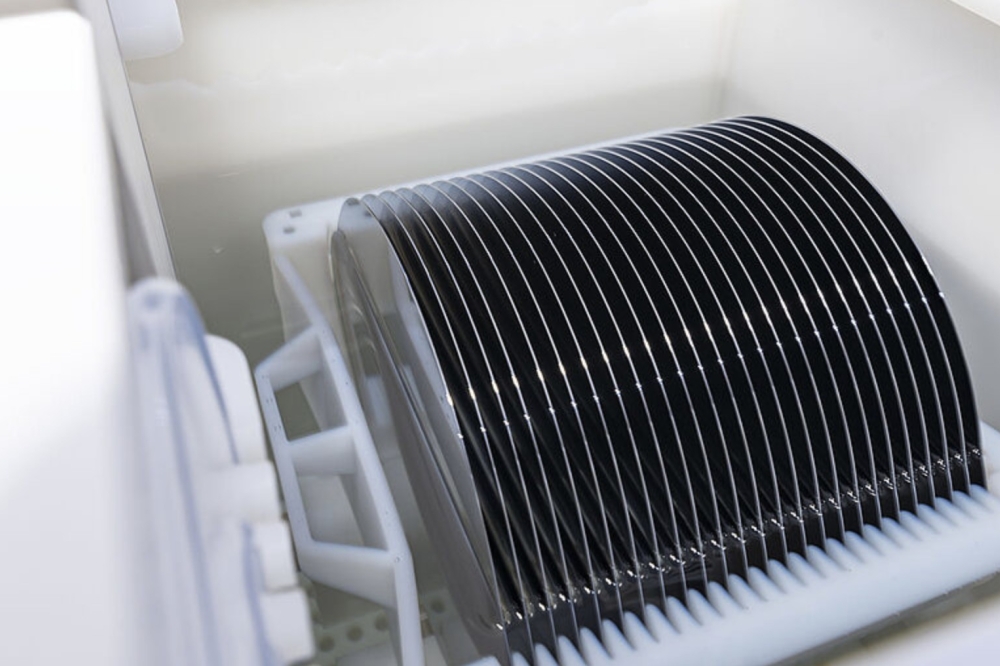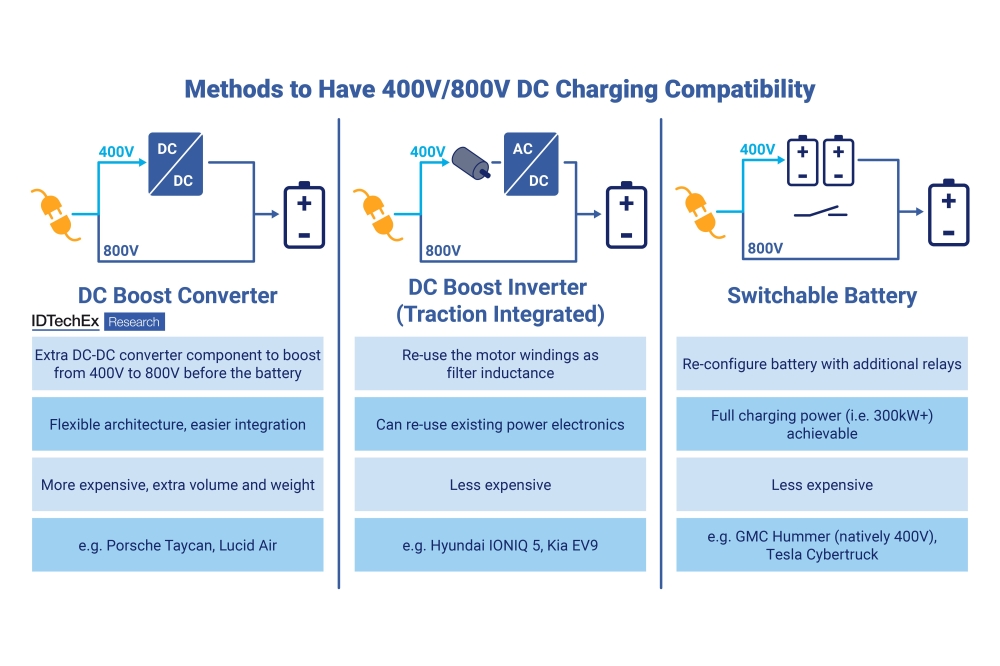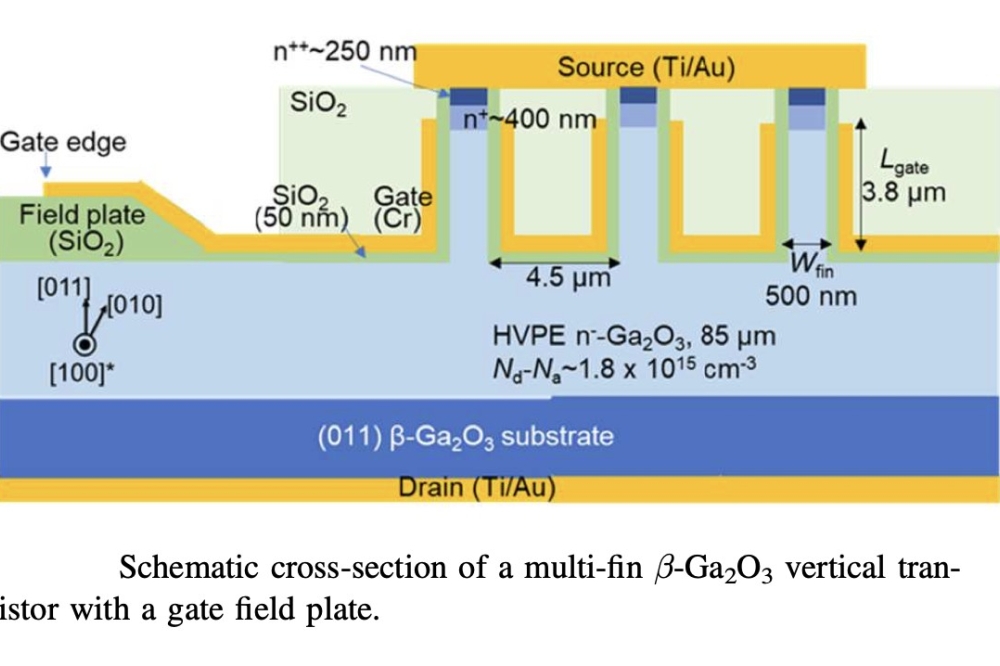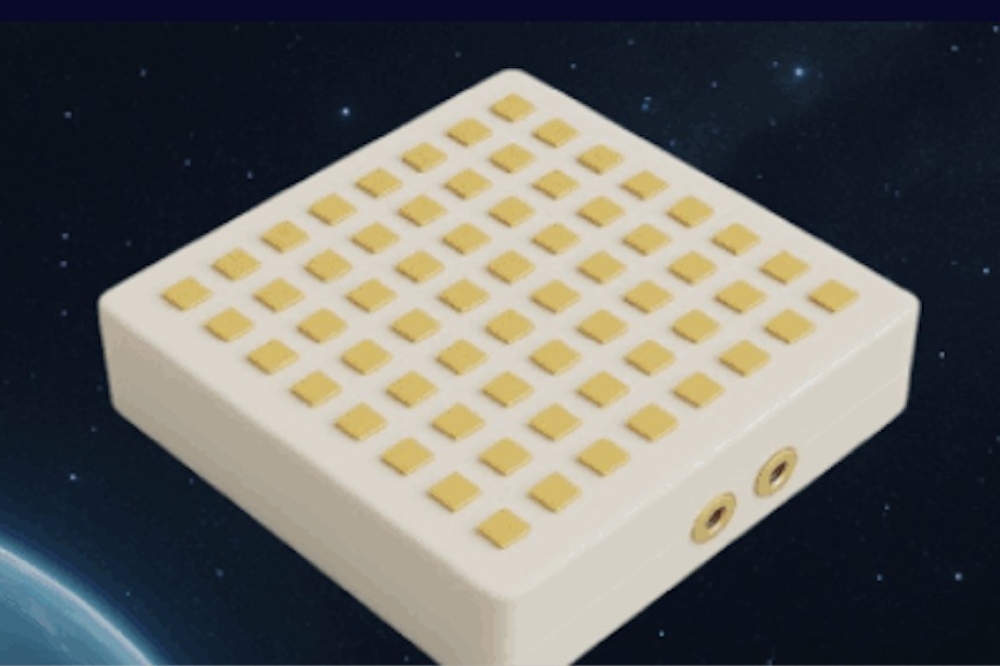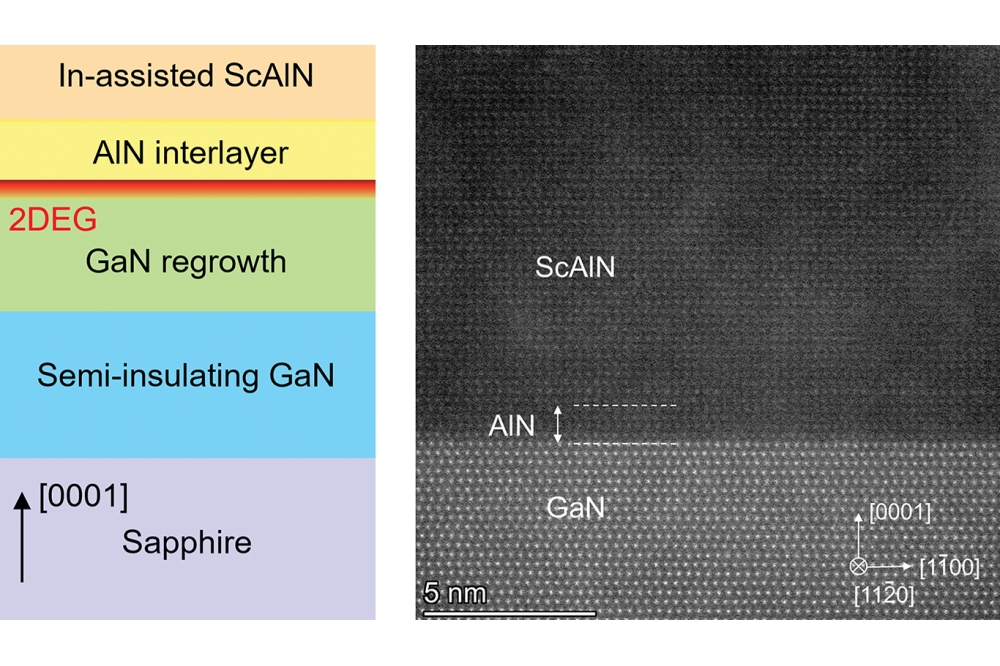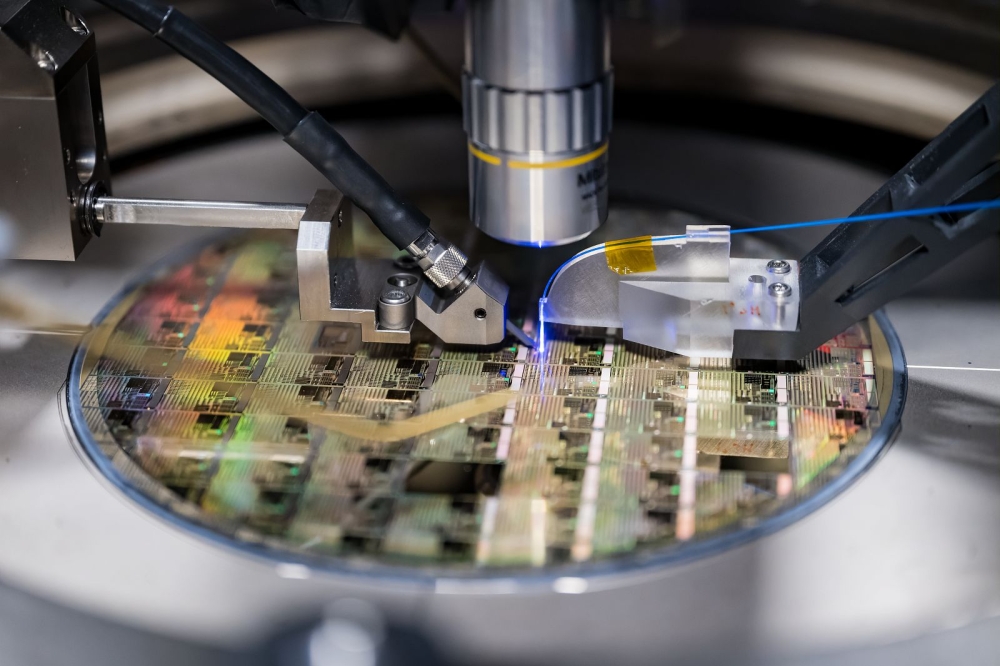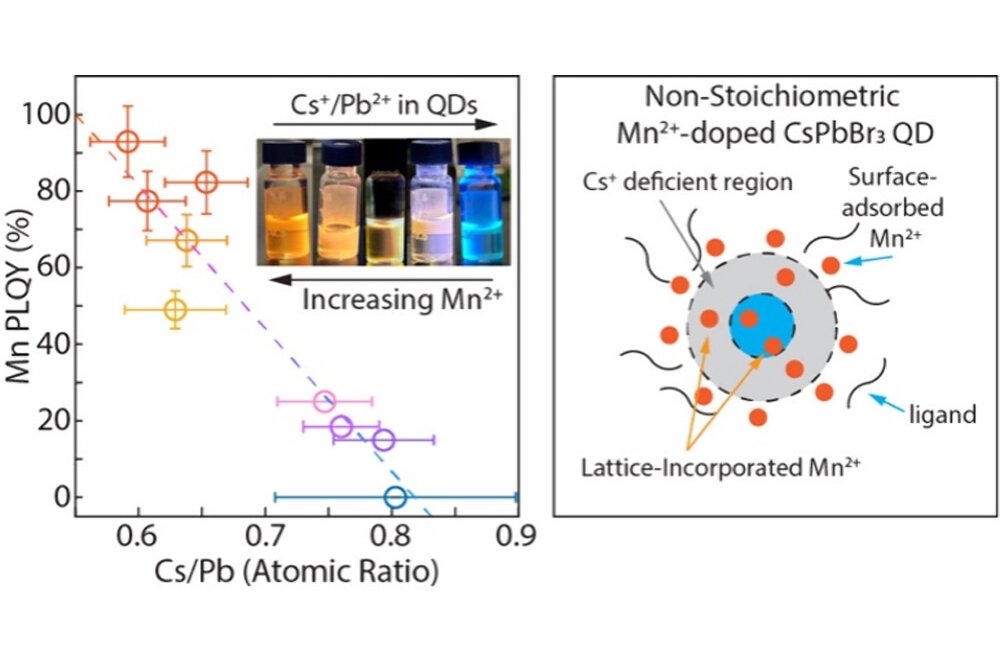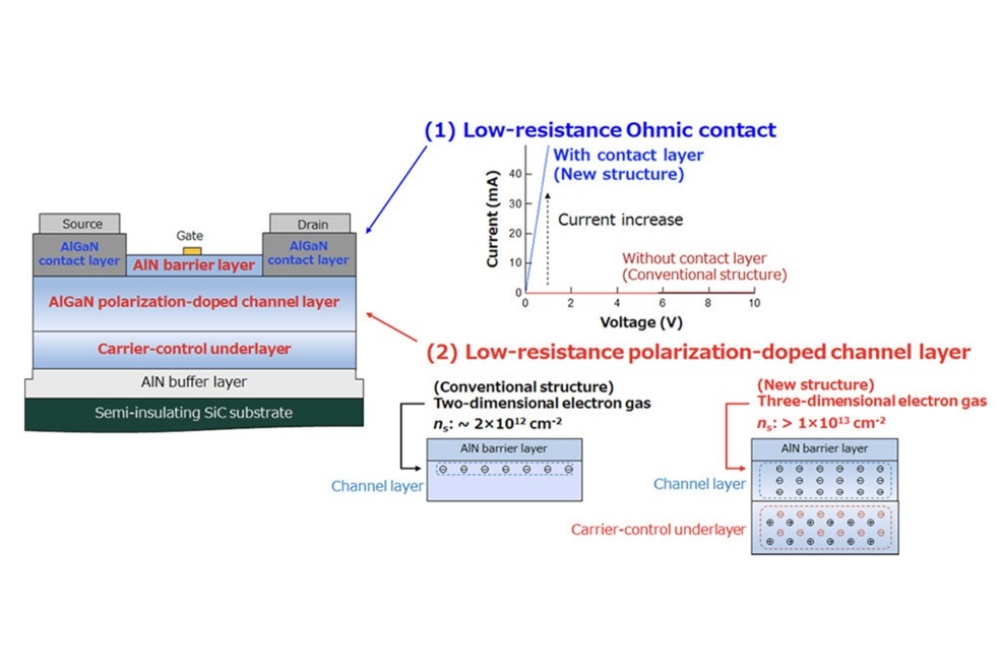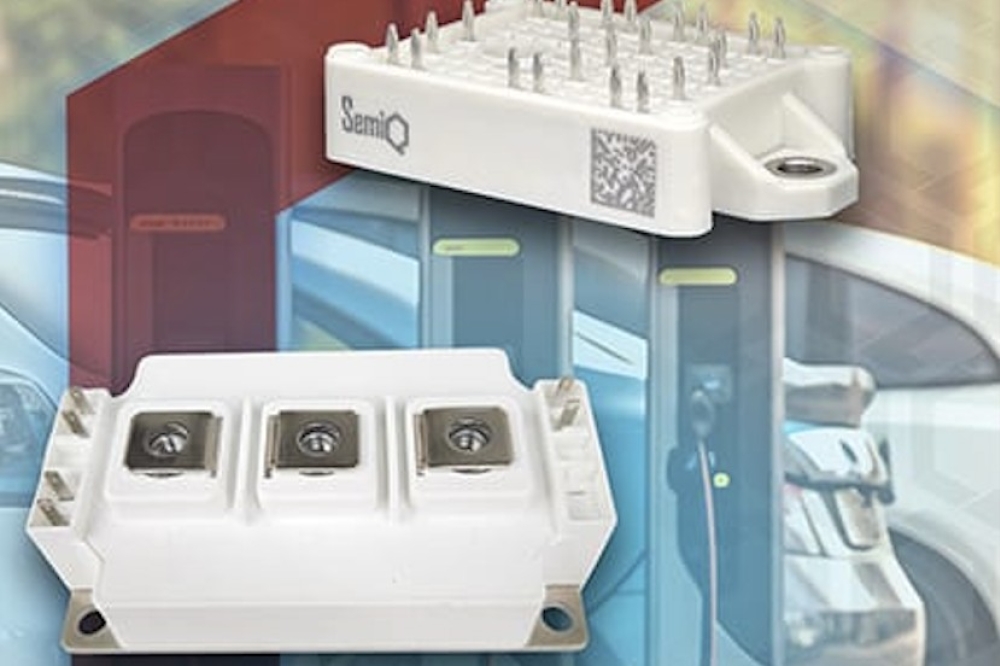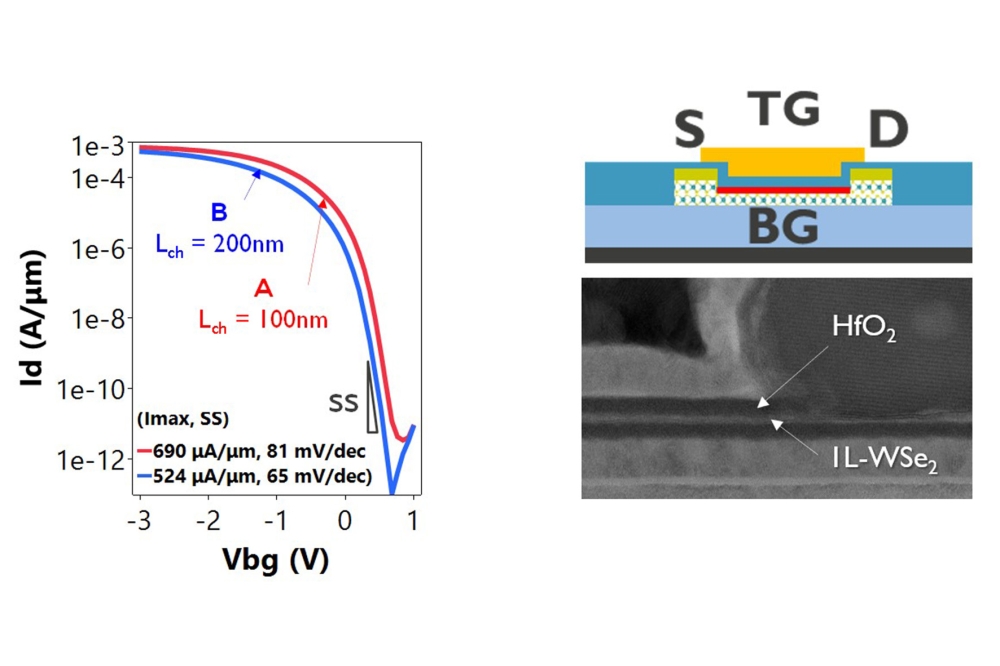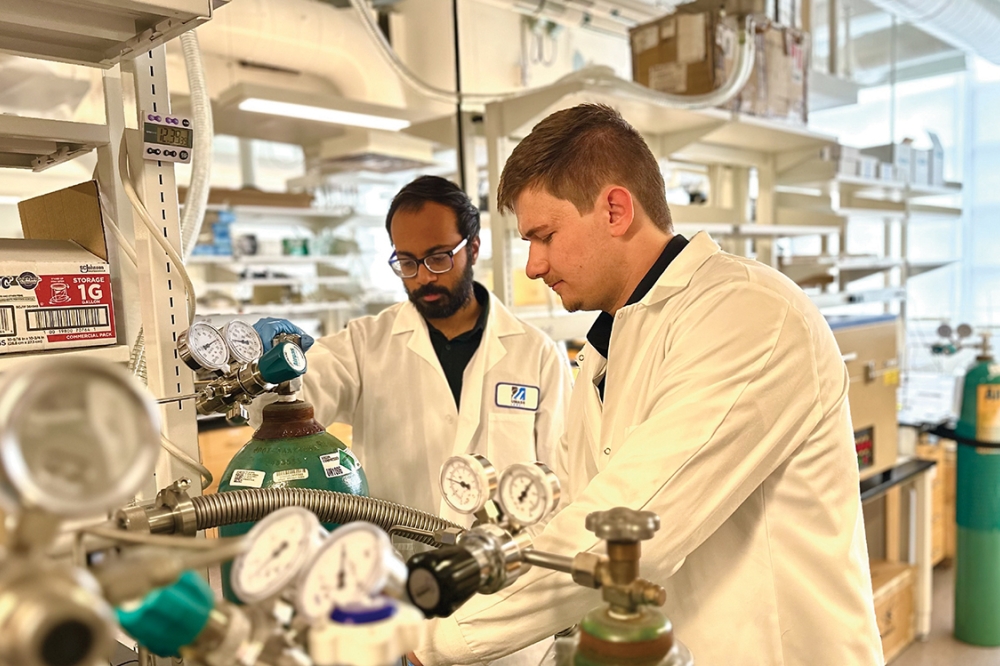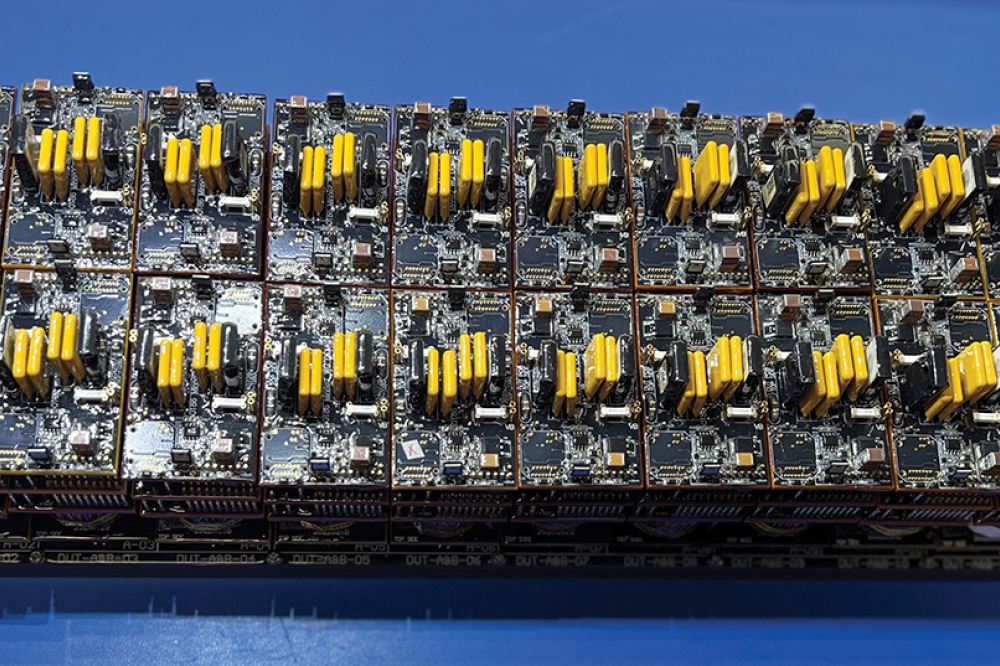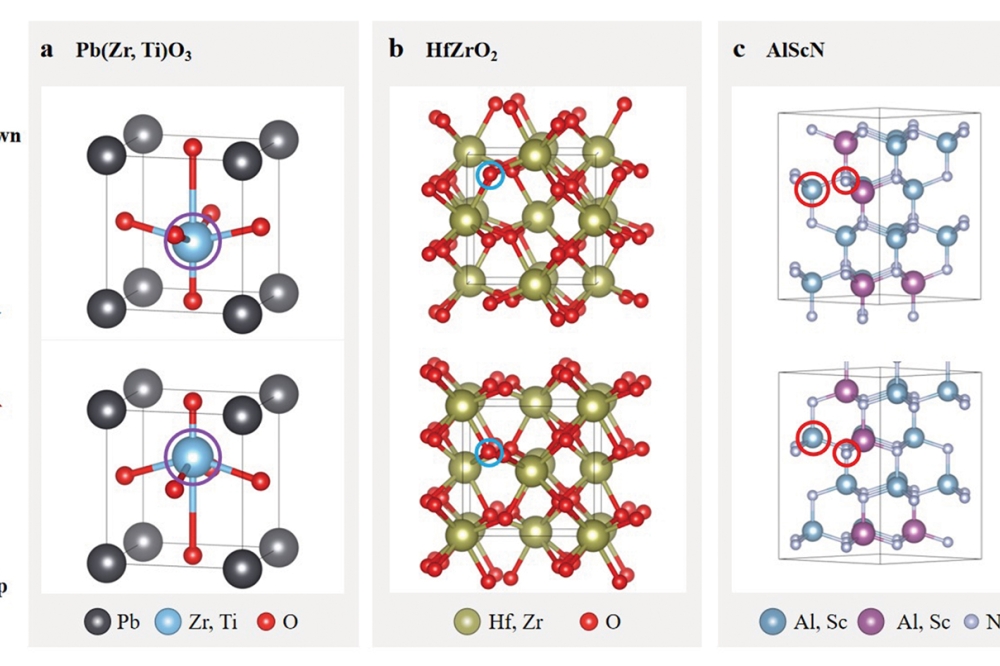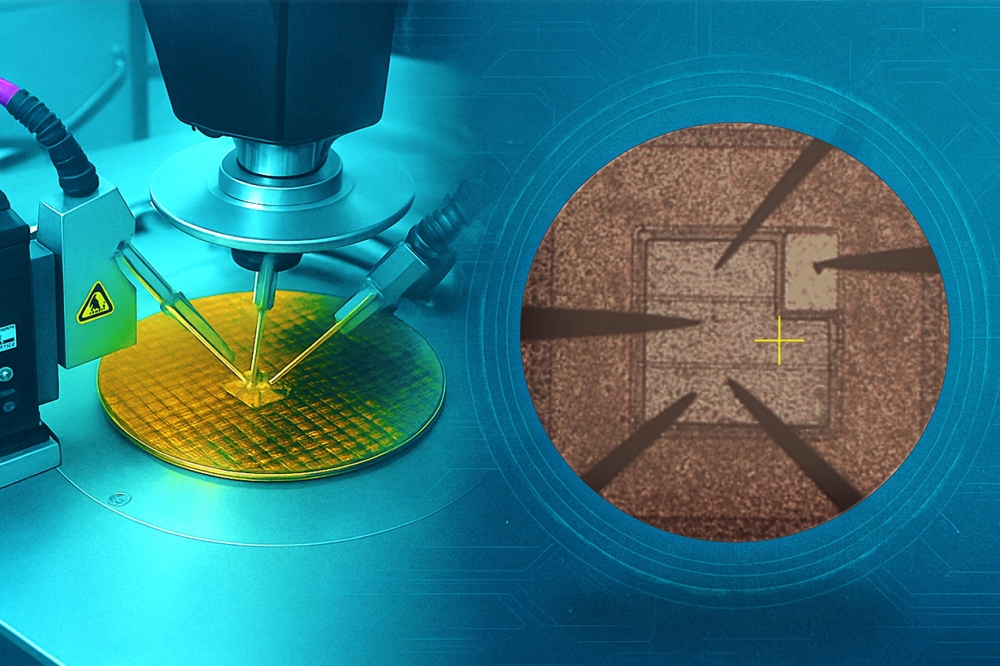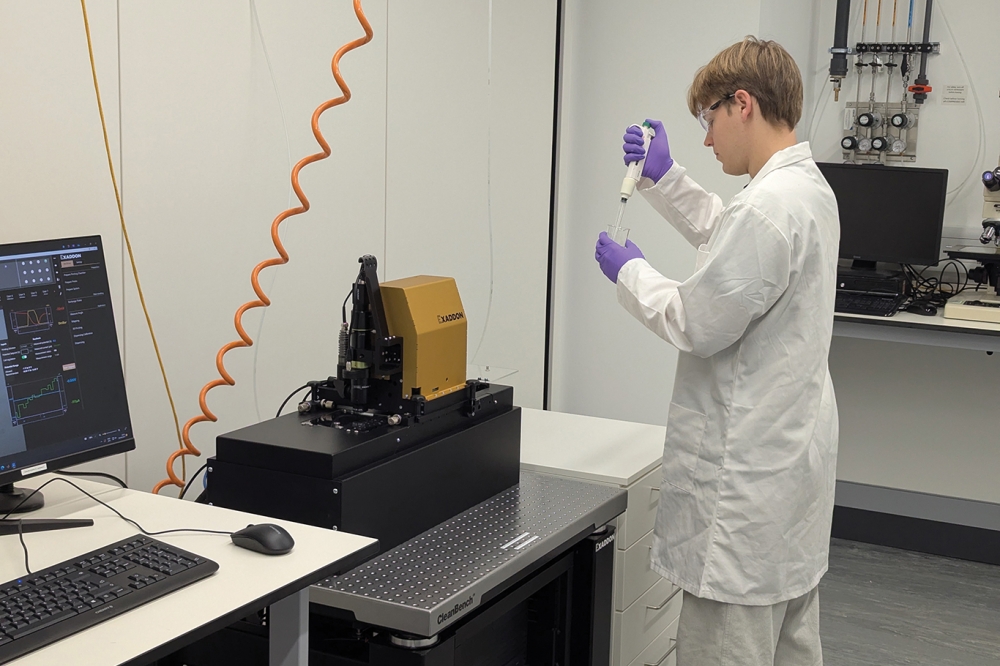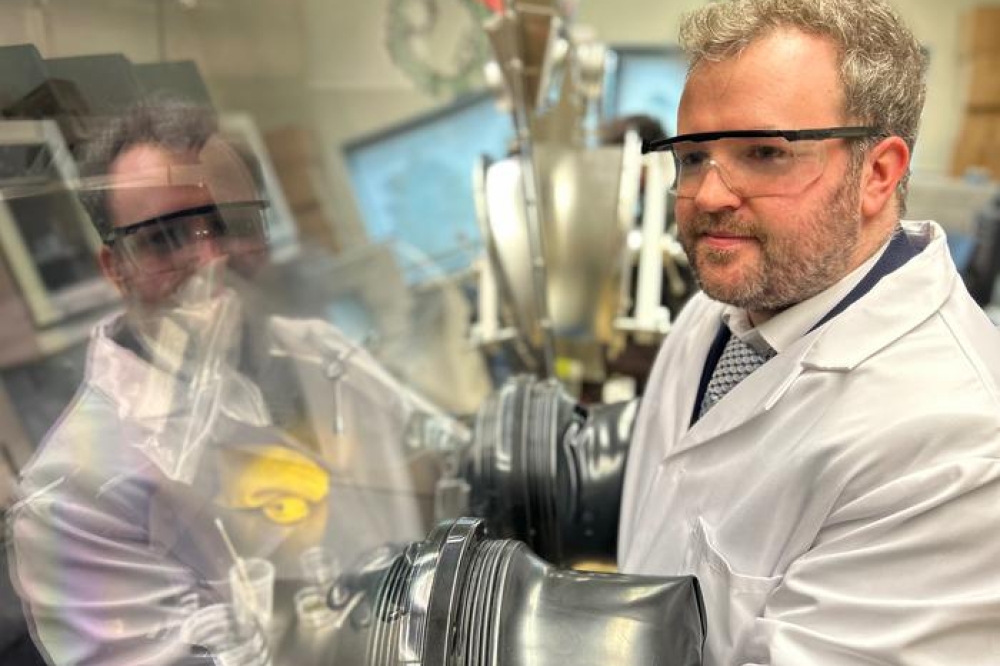News Article
Phlux adds to 1550nm APD family with 30µm version

UK firm expands Aura family of Noiseless InGaAs APDs with device suitable for high-speed, time-critical applications including gigabit speed optical comms
Phlux Technology, a UK manufacturer of avalanche photodiode (APD) infrared sensors, has announced a 30 µm optical window version of the Aura family of 1550 nm Noiseless InGaAs APDs.
The sensors, which are also available in 80 µm and 200 µm versions, are said to be 12 times more sensitive than traditional InGaAs APDs and have inherently fast impulse response and short diffusion tails.
The new 30 µm version features lower capacitance at 0.15 to 0.4 pF, which increases the cut-off frequency to 3.5 GHz, compared to the 80 µm version at 1.8 GHz and 200 µm at 0.7 GHz. This makes it suitable for high-speed, time-critical applications, such as those found in gigabit speed optical communications, including free space applications, and optical time domain reflectometry (OTDR) test equipment.
The 30 µm Aura boasts an excess noise factor of <3.5 at a gain of 100 with low dark current and sensitivity 12X that of traditional APDs. Spectral noise current at a gain of 50 is 260pA/RtHz, which is 5.2fW/RtHz at R=1.0A/W. In addition, the damage threshold of 30 MW/cm², combined with fast recovery characteristics that minimize attenuation and event dead zones, delivers optimum performance in OTDR and fiber sensing applications. High optical dynamic range and the ability to operate across a wide range of pulse widths means that OTDRs can test longer or more lossy fibres.
The high sensitivity of Phlux APD sensors extends the range of infrared systems by up to 50% for a given laser power. Alternatively, they can enable substantial reductions in the laser power required, lowering system costs by up to 40 percent and size and weight by up to 30 percent.
When laser power is reduced, thermal management is less challenging, and system reliability is enhanced. Aura APDs will operate at up to +85 °C with minimal performance degradation, which is significantly higher than traditional sensors. They are designed to meet MIL-STD-883, qualified to Telcordia GR-468 and are drop-in replacements for existing surface mount or TO-packaged components. The sensors will also be offered as bare die later this year.
Phlux CEO, Ben White, said:"We're seeing growing demand for these high-speed, precision versions of our Aura Noiseless InGaAs APDs, particularly from the optical communications sector but in other areas such as optical test equipment and LiDAR. The expanded product family allows our customers to choose the optimum device characteristics for their application. Whichever product they select, theyre guaranteed industry-leading sensitivity and performance."
Noiseless InGaAs APD technology was developed by adding an antimony alloy to the compound semiconductor manufacturing process. The resulting devices operate with internal gain of up to 120, enabling the smallest signals to be detected above the noise floor.




